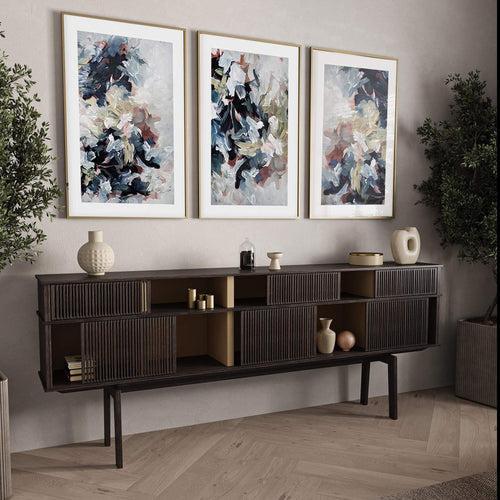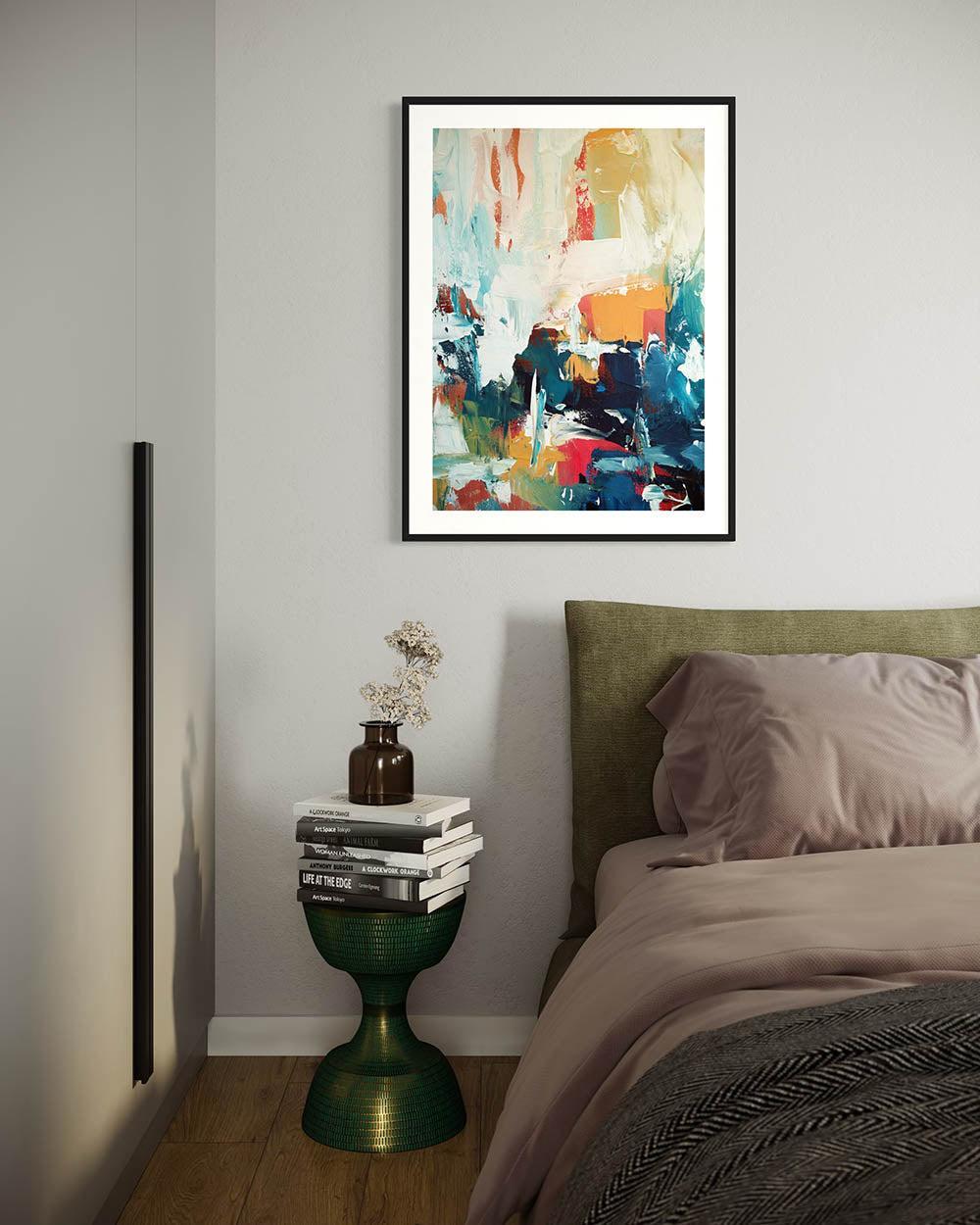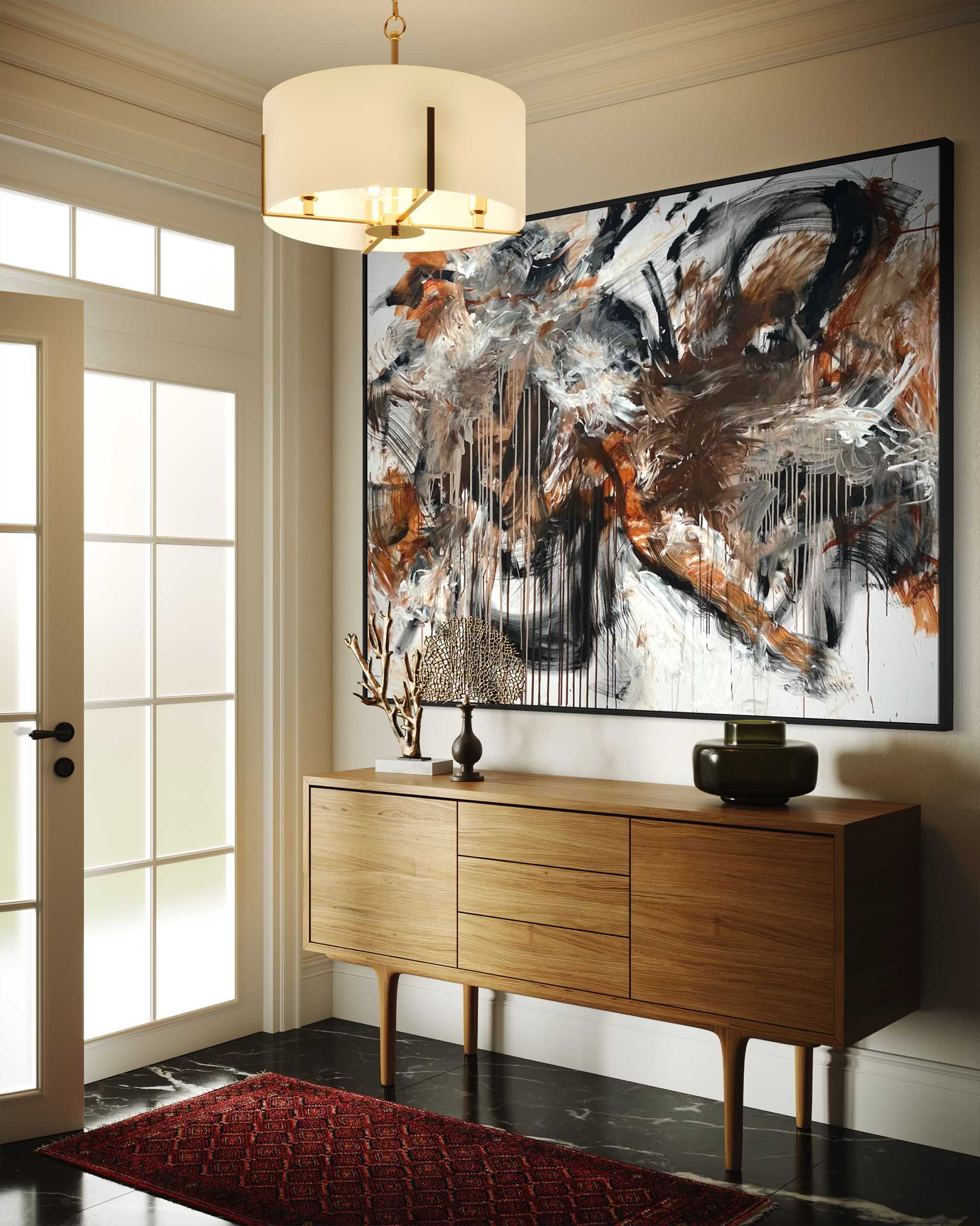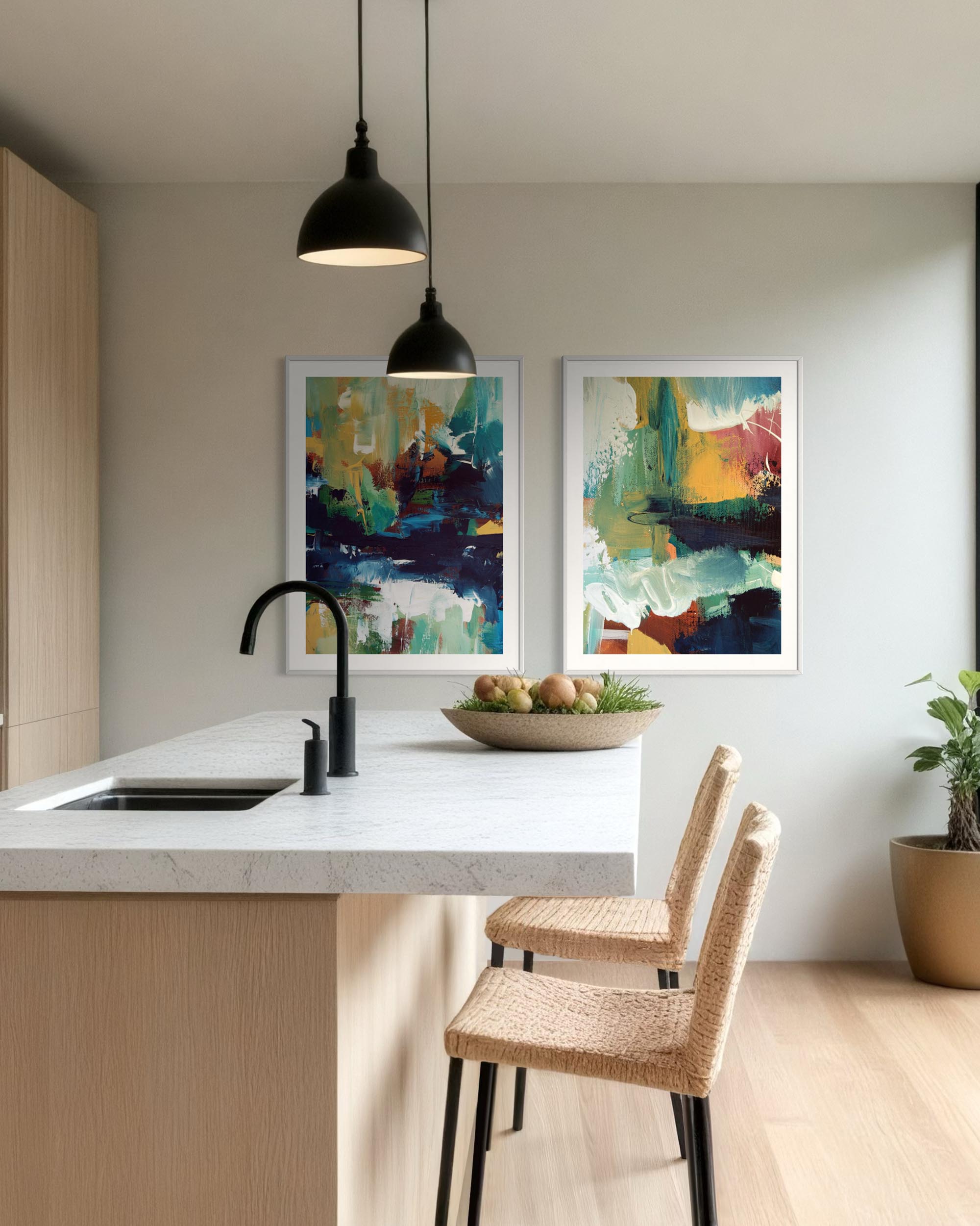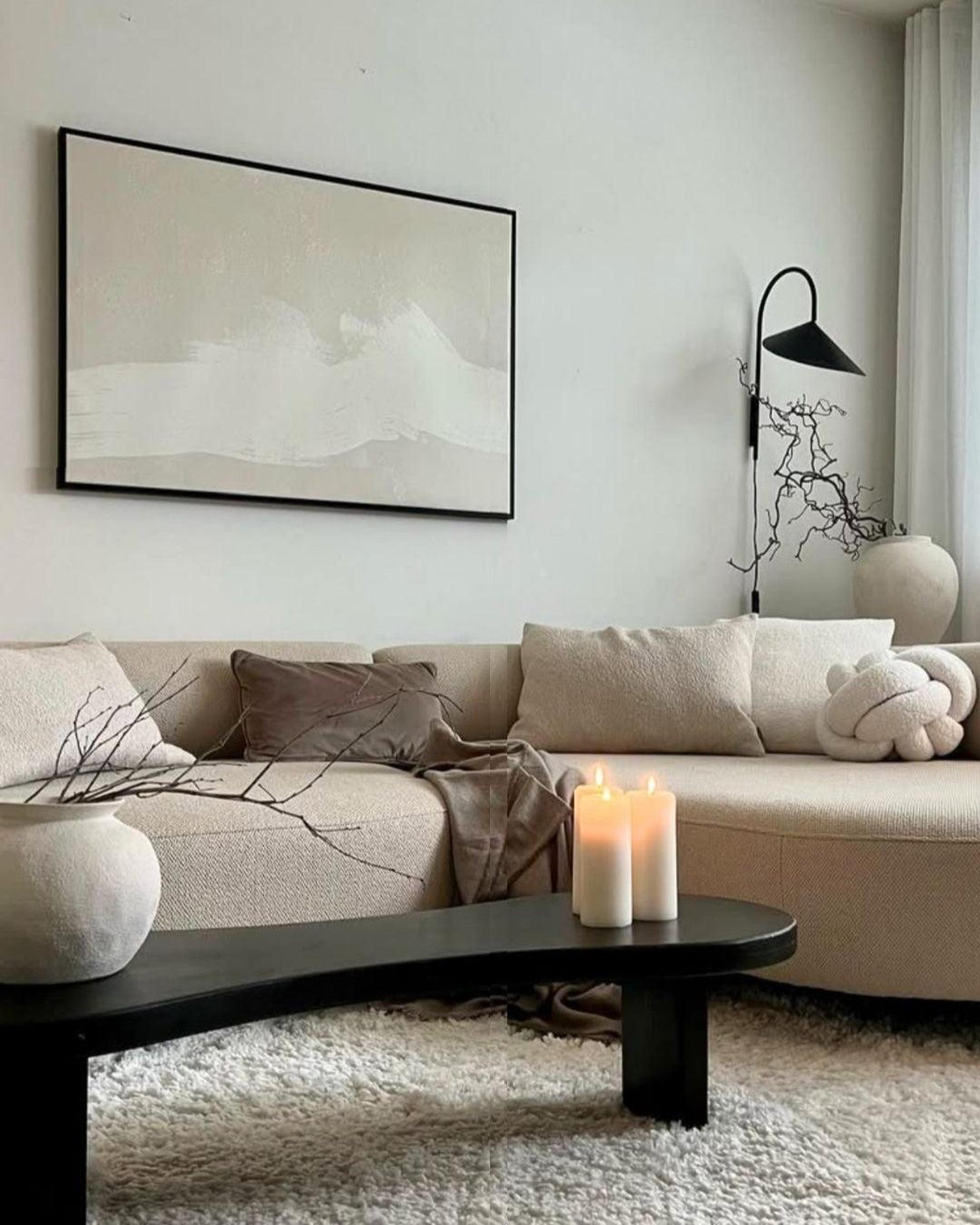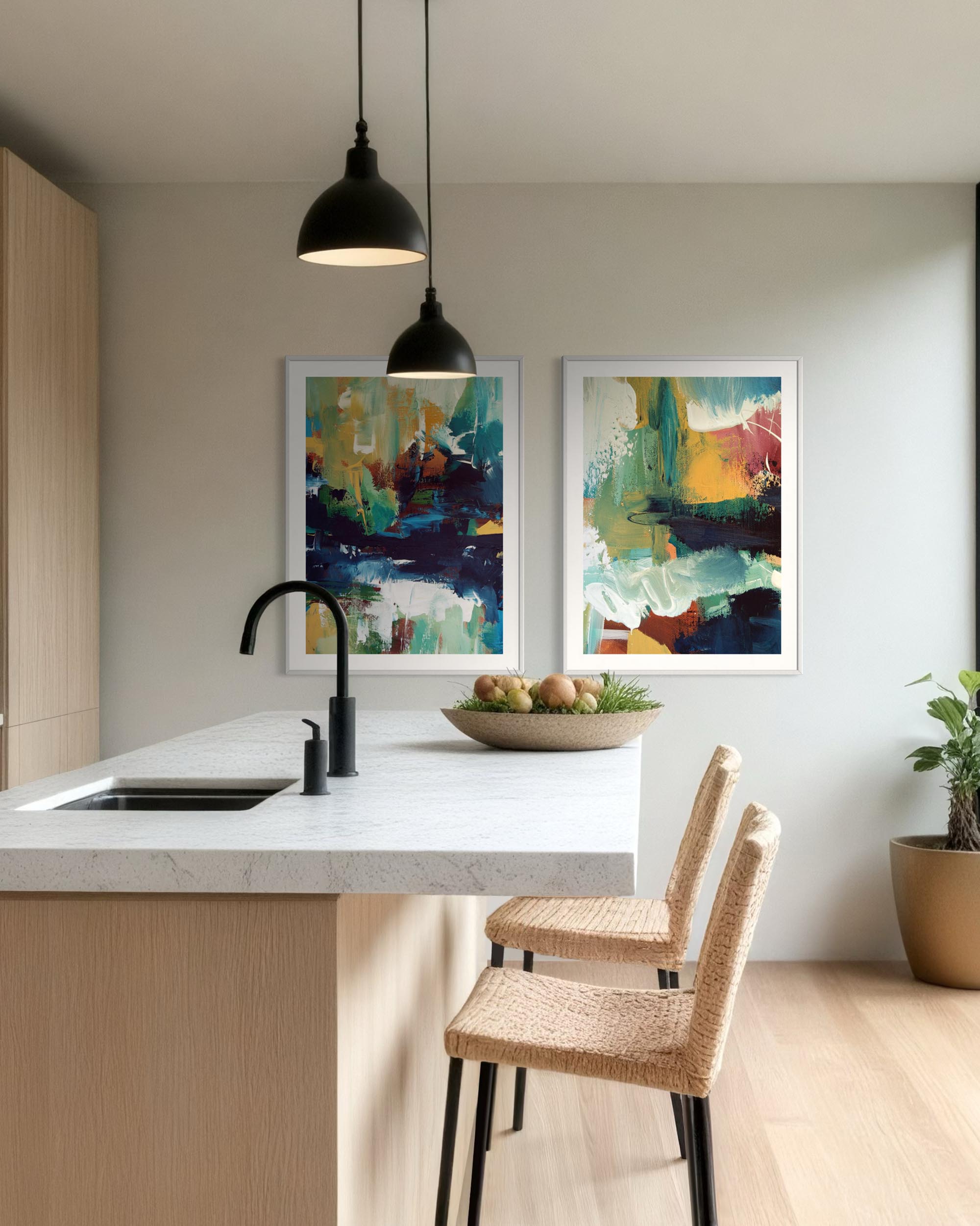A triptych is a form of artistic expression that dates back to the early days of Christian art, typically featuring three panels that are hinged together. The panels can be displayed open or closed and are often used to tell a story, convey a theme, or depict related images that share a conceptual or visual connection. The word “triptych” comes from the Greek words “tris” (meaning three) reflecting its structure.
Historical Origins
Triptychs became prominent during the Middle Ages and the Renaissance, primarily in religious art. Many churches and cathedrals used triptychs as altarpieces, often adorned with intricate paintings or carvings depicting biblical scenes, saints, or the life of Christ. Artists such as Hieronymus Bosch and Jan van Eyck famously utilized the triptych format to create some of their most renowned works, including Bosch’s "The Garden of Earthly Delights."
In these early examples, the central panel was often the largest and most detailed, serving as the focal point, while the two side panels provided complementary imagery or additional narrative elements. When closed, the outer panels might feature simpler designs, such as monochromatic paintings or inscriptions, offering a sense of anticipation for the grander visuals inside.
Structure and Composition
The three panels of a triptych are usually connected by hinges, allowing for versatility in presentation. Artists often use this format to:
-
Create a Narrative: Each panel may represent a different stage in a story, such as the birth, death, and resurrection of Christ.
-
Highlight Themes: Related themes or contrasting ideas can be explored across the panels, providing depth and complexity.
-
Guide the Viewer’s Focus: The central panel often draws the most attention, with the side panels enhancing or contextualizing the main subject.
Triptychs can be painted, carved, or created using mixed media, and they range in size from small, portable pieces to massive installations.
Modern Interpretations
While the triptych format originated in religious contexts, it has since evolved into a versatile medium embraced by contemporary artists. Modern triptychs may explore abstract concepts, political themes, or personal narratives. They are commonly seen in photography, where a series of three related images are displayed together, and in modern painting, where artists use the format to juxtapose different styles or ideas.
Contemporary artists often use the triptych to challenge traditional notions of storytelling, experimenting with unconventional arrangements, materials, and subjects. For example, a triptych might include a combination of photography, painting, and digital elements to create a multi-dimensional experience.
Why Choose a Triptych?
The triptych format offers several advantages for artists and viewers alike:
-
Versatility: The folding design allows for dynamic presentation and easy transport.
-
Narrative Depth: The three-panel structure enables artists to explore complex themes or ideas in a cohesive manner.
-
Visual Balance: The symmetry and arrangement of the panels create a pleasing aesthetic that naturally draws the viewer’s eye.
Discover our collection of set of three prints to elevate your space.




